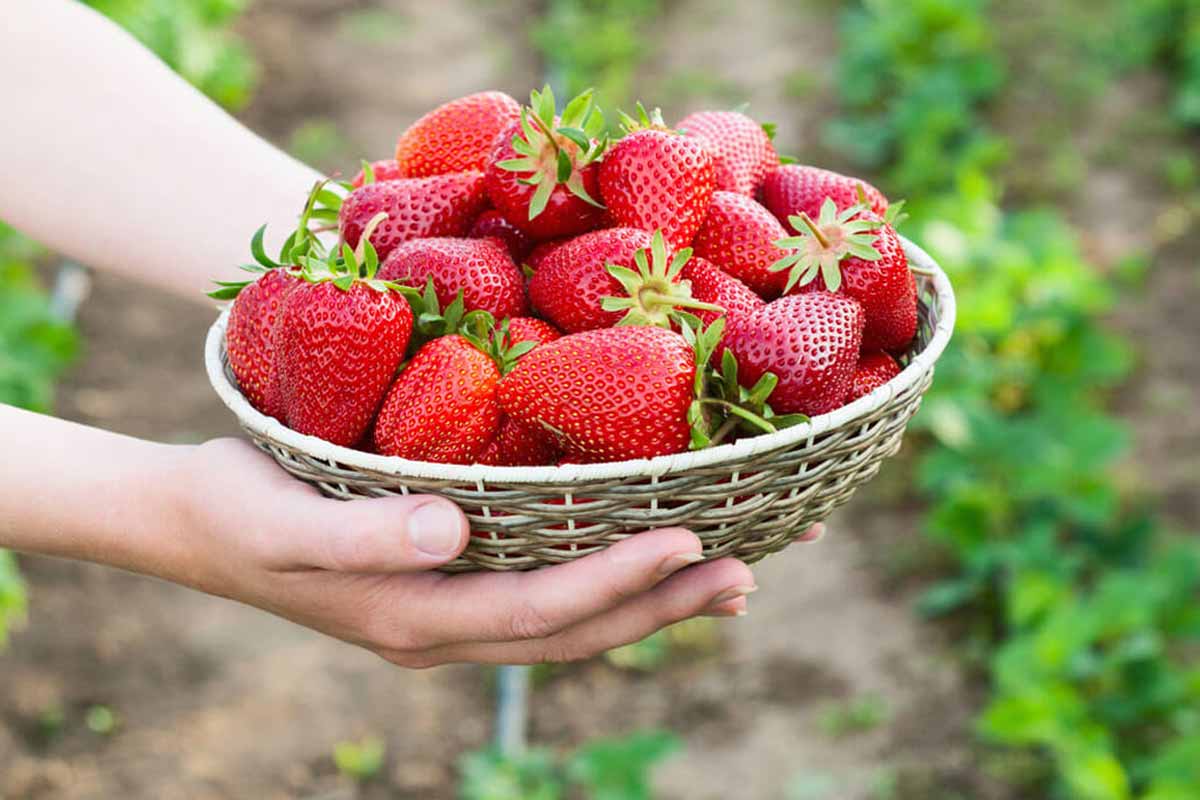You want to store strawberries without losing that just-picked sparkle. Fresh berries feel like a small celebration. They’re sweet, bright, and a little fragile. Treat them right and they’ll reward you. Rush the job and they sulk into mush. Let’s keep the party going a little longer.
Pick with your eyes and nose
Start at the source. Strawberries don’t ripen after picking, so what you buy is what you taste. Choose berries that glow red from tip to cap, with perky green tops. The fragrance should nudge you before you even reach the stand. Pale shoulders or bruised spots usually mean watery flavor and a short life. Size doesn’t matter much; ripeness does. Flip the basket and peek underneath for crushed fruit. Feel the weight in your hand. Heavier berries often hold more juice and flavor. Ask the vendor which patch was picked that morning. You’ll learn fast who treats fruit with respect. When you store strawberries the right way, freshness starts at the market.
Packaging that breathes
Moisture is the enemy. Those vented plastic clamshells trap tiny droplets that wake up mold. Cardboard punnets or small wooden trays let air move and keep the berries calmer. If you’re stuck with plastic, transfer them when you get home. Use a shallow container so the bottom layer doesn’t get squashed. Line it with a paper towel to absorb whispers of moisture. Space matters. Let them sit with a little room, not shoulder to shoulder. Crowding raises humidity and bruising. Even a simple pie plate works beautifully. The first step in how you store strawberries is giving them a breathable home.
Store strawberries
Cold can be a blessing and a bully. A very cold fridge flattens aroma and tightens texture. Room temperature speeds the slide into mush. Aim for the middle ground. Use a shallow, paper-towel-lined container and keep berries in a single layer. If you must stack, add another towel between layers. Cover loosely with the lid set askew or poked with a few holes. You want air to drift through. Tuck the container on a cooler shelf near the front, not the icy back wall. Eat the ripest ones first. Save firmer berries for day two. If your kitchen runs warm, slide the container into a cool pantry or cellar for a short spell. This gentle approach helps you store strawberries with flavor intact.
A quick clean, then a careful dry
Give them a rinse only when you actually need them. If you prefer a prep-ahead routine, keep it light. Mix one part white vinegar with three parts cold water. Swish the berries briefly, then rinse with fresh water. Pat them dry like you would a fragile plate. Really dry. Any leftover droplets invite trouble. Keep the green caps on until serving. They act like tiny lids that guard the juicy center. If you love a little kitchen craft, try a honey rinse for special trays. Stir a teaspoon of honey into a cup of water. Dip, dry, and chill. It leaves a whisper of gloss and slows shriveling. This small ritual helps you store strawberries with less drama and more joy.
Daily checkups and little tricks
Peek at the container every day. One soft berry can nudge the rest downhill. Lift it out and save what you can for jam or a quick sauce. Rotate the layers, fresh towel on the bottom, and keep things airy. For a longer stretch, freeze the overflow. Hull the berries, slice them, and spread on a sheet pan. Freeze solid, then pour into bags. No clumps. You get scoops of ruby slices for smoothies, baking, or a midnight spoonful. If a big dinner is coming, polish a few berries with a damp cloth right before serving. They’ll shine like rubies on a plate. Stay flexible. Weather swings, kitchen heat, and berry variety all nudge timing. Your senses beat any timer. With a little attention, you can store strawberries and enjoy their charm all week. And when the next pint follows you home, you’ll know exactly what to do.
